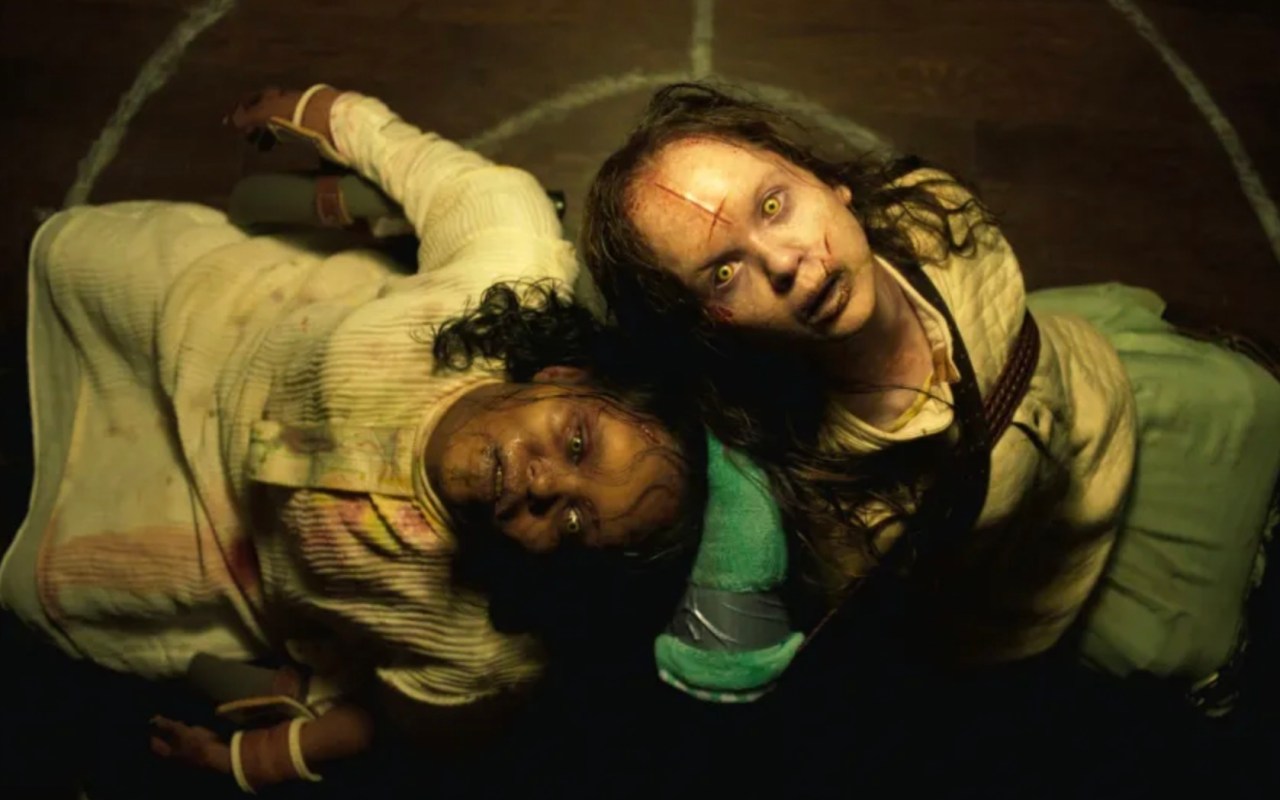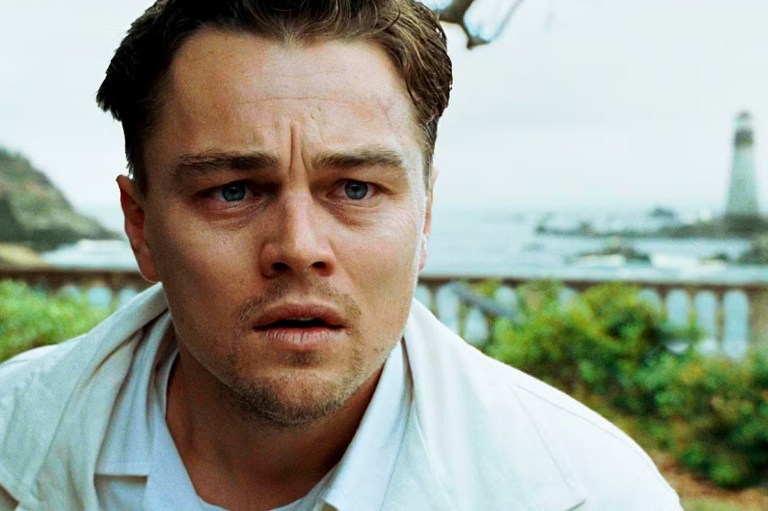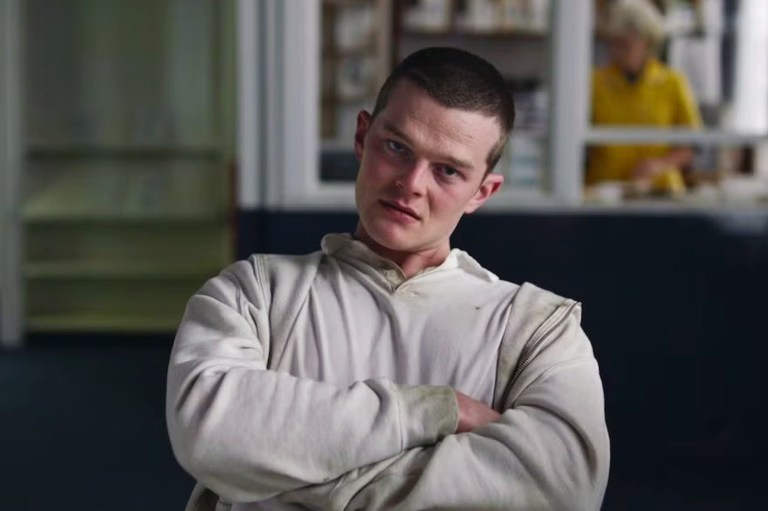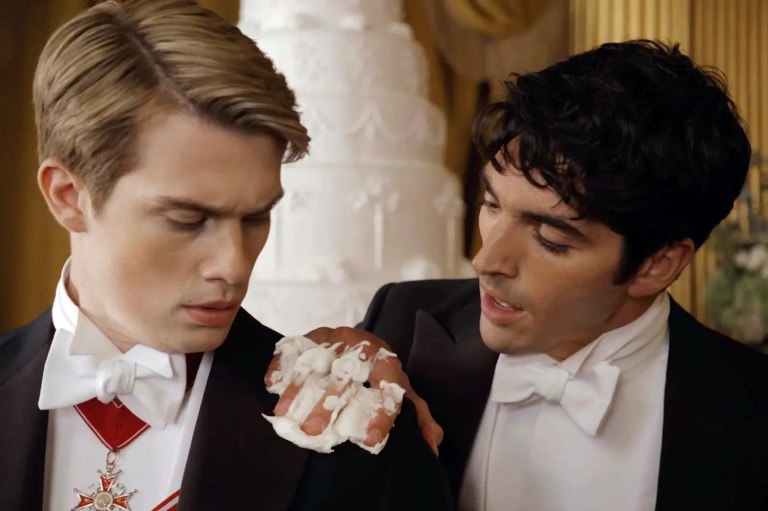
‘The Exorcist: Believer’ Is a Critical Flop — Why?
By ![]() Josh Lezmi
Josh Lezmi
What are critics saying about ‘The Exorcist: Believer?’ Where did it go wrong?
The highly-anticipated follow-up to the 1973 film The Exorcist, The Exorcist: Believer sees the return of Academy-Award-winning actor Ellen Burstyn in one of her most celebrated roles as the protective and petrified mother, Chris MacNeil.
The 2023 film eschews the several sloppy sequels and prequels that followed the 1973 fright and, instead, is penned as a direct sequel to the movie that has left an indelible mark on the horror landscape. Unfortunately, the sequel is no more than a derivative rehashing of narratives and visuals that, when they were “fresh” decades prior, left audiences cowered in the corner, yet now garner eye rolls and sighs of disappointment. So, let’s break down some of the harsh commentary surrounding The Exorcist: Believer.
Burstyn does not receive the respect she deserves…
According to Nick Schager of The Daily Beast, Burstyn serves as no more than a hype-building, continuity-ensuring device. In his words:
“The Exorcist: Believer trots out Burstyn for continuity credibility, then treats her with stunning disrespect—the most brazen of many indications that the film is a soulless cash-in on an established name brand.”
She is pushed to the fringes of the frame, despite the fact that she is one of the most accomplished actors on the screen — boasting five Academy Award nominations, an Oscar win and a BAFTA win for Alice Doesn’t Live Here Anymore.
Critics argue ‘The Exorcist Believer’ lacks originality and imagination
Rather than taking the existing source material and offering a fresh take on the immensely over-saturated possession space, the film merely says: instead of one possessed girl, how about two?!
The franchise has already been pulled and plucked for all the dollars it can possibly garner, and this film continues to follow in the steps of its misguided predecessors…just with a facade of cinematic excellence thanks to a strong marketing campaign, a stellar cast, and updated CGI-ified visuals.
Tim Robey of The Telegraph notes:
“It’s truly embarrassing how little imagination is flexed all round: limp stabs at awe-inspiring set pieces, such as the white girl having a fit in church, are just thrown over to the composers to beef up.”
Strong composition can’t save weak storytelling. And, replicating the original’s fright factors is not going to have the same impact decades later. Critic Richard Crouse argues:
“The inverted crosses, bloated faces, waggling tongues and spinning heads had real shock value 50 years ago when The Exorcist traumatized a generation of moviegoers, but today they are cliches with the shock value of AAA battery.”
Chris Bumbray of JoBlo had similar thoughts, explaining that the exorcist space has been squeezed so dry it’s nearly impossible to wring out even a drip of novelty. He shared:
“There’s a limited number of ways to make an exorcism scary or exciting, and Friedkin’s movie took the material about as far as possible. By contrast, Green’s movie is tame, with very little in the way of scares. It’s standard stuff, and the recent The Nun 2 is more effective, even if most of its scares were of the cheap jump variety. This doesn’t even have that.”
Chock-full of cliches and empty on originally, the film also aimed to strike a faith-questioning chord and contemplate catholicism, but, it failed on that front too.
‘The Exorcist: Believer’ does not manage to conjure up serious discussions about faith as successfully as its predecessor did
As Thomas Ernst of Original Cin notes, the religious underpinnings of 1973’s The Exorcist reflected the cultural zeitgeist that defined the era. The movie portrayed the “fallibility of the Catholic Church,” and brought into discourse questions surrounding uncontested faith. What happens when unbridled anxiety and fear come up against religious devotion? Regan MacNeil’s potty mouth was enough to make any Christian woman clutch her pearls…while praying that practiced loyalty to the church would outstride the demonic (and ulterior, secular treatments).
As for the new movie, it “evades serious discussions about faith,” according to William Bibbiani of The Wrap, and gives way to a “generic plot” that is no more than glorified fan service. This movie is only faithful to its money-making IP, as Bibbiani asserts.
While today’s more secular society may have something to do with such thematic underpinnings failing to strike a resonant chord, the movie could have easily drawn a more contemporary analysis of faith in an ever-increasing secular culture, but that did not happen…
In the end, The Exorcist: Believer reportedly fails to offer anything “new,” relying on the same old-hat scare tactics and narrative tropes that are no longer blood-curdling or thought-provoking, but rather merely snore-inducing.











